Have you bought a second-hand iOS device with "activation lock" appearing on the screen? Activation lock is a security feature that Apple uses to protect the data of legitimate users from unauthorized persons’ using. Only the user who knows the correct Apple ID and password can use the device. However, when you can’t connect to a qualified owner or forget the correct ID, how can you get rid of activation lock? iCloud DNS bypass is a proven solution that many iOS users recommend. It works well for unlocking and accessing an iPhone. If you haven’t heard of it, you can follow us in this article and learn what it is, how to operate it, and which solution to take when such DNS server bypass doesn’t work.

- Part 1. What Is iCloud DNS Bypass?
- Part 2. Can DNS Bypass Activation Lock?
- Part 3. How to Use iCloud DNS Bypass "Crash"
- Part 4. How to Remove Activation Lock without iPhone DNS Bypass
- Part 5. Conclusion
Part 1. What Is iCloud DNS Bypass?
"DNS", Domain Name System, it turns domain names into IP addresses, which allows browsers to get to websites and other internet resources. iCloud DNS bypass is a technology that allows you to temporarily remove the iCloud activation lock on your iPhone or iPad. It adjusts the DNS server settings on your iOS device and changes the activation path from Apple serve to another iCloud bypass server. As a result, you don’t need to request Apple server to verify your Apple ID and password. This effectively bypasses iCloud activation lock.
- Pros:
- Easy to complete in settings without installing any third-party software
- Use the camera, browse web pages, and play games normally after the device is activated
- No fees need to be paid
- Cons:
- Impermanent iCloud activation unlocking solution
- Doesn't guarantee cracking all iCloud-locked devices
- Can't use all features on iPhone
- Not compatible with all iOS devices (only iOS 8 to iOS 10 running on iPhone and iPad)
Part 2. Can DNS Bypass Activation Lock?
Most iOS device users have no idea about how to use DNS to bypass activation lock. Here is an introduction to iPhone DNS bypass. You can use a DNS server to bypass it. However, this approach is not 100% successful. When you restart your iPad or iPhone, your device will return to the locked state. Decide whether to use it based on your actual situation. Before starting to bypass iCloud DNS, ensure that your iOS device has a SIM card installed.
- Step 1: Turn on your iPhone and choose your language and country. Press "Continue" to get into the Wi-Fi setup screen.
- Step 2: Tap the "i" icon next to the "Wi-Fi". Choose "Configure DNS" and select "Manual". In "DNS SERVERS", Press "-" icon to delete existing DNS, and press "+" icon. Then choose your location IP below and input it.
- USA: 104.154.51.7
- South America: 35.199.88.219
- Europe: 104.155.28.90
- Asia: 104.155.220.58
- Australia and Oceania: 35.189.47.23
- Other: 78.100.17.60
- Step 3: Touch "back". Then pick the Wi-Fi that you want to connect.
- Step 4: Press "next page" and "back" to get into the iCloud bypass screen.
- Step 5: Set up your apps and use your device. Then iCloud DNS will be bypassed.
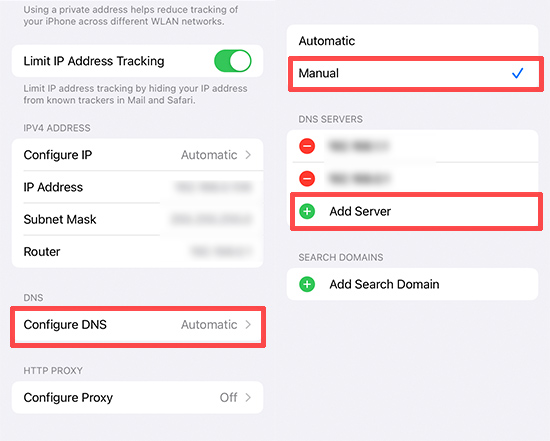
Part 3. How to Use iCloud DNS Bypass "Crash"
As mentioned earlier, DNS bypass method has some risks. After activating the device, you’re not allowed to use all functions or apps in your iPhone. To use your iPhone normally, you can make full use of iCloud DNS bypass Crash. Here are the steps.
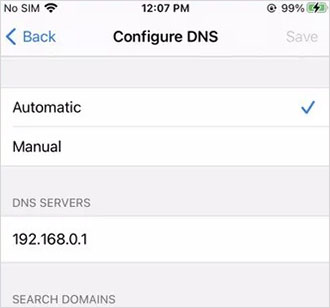
- Step 1: Once you've done the above steps, press "Menu" button and "Applications"
- Step 2: There will be an option on the screen that shows "Crash". Press it and your iPhone will restart automatically.
- Step 3: Select your language and country. Then press "Home" and select "More Wi-Fi Settings".
- Step 4: Press "Configure Proxy" and select "Manual".
- Step 5: In the server field, enter 30 unique emojis. Use 8888 as the port number. Then, press "Save".
- Step 6: Go back and then move forward and you will appear on the unlock screen. Press "Home" to unlock your iPhone.
Part 4. How to Remove Activation Lock without iPhone DNS Bypass
Since iCloud DNS bypass may not assist you in removing activation lock with a 100% success rate. If you want to solve it more efficiently, you can try a professional tool Joyoshare Activation Unlocker to erase activation lock, The tool is a powerful and secure software. It’s a good helper that can resolve various conditions such as activation lock not accepting Apple ID, activation server not being reached, etc. Additionally, it can be fully compatible with different models of iPhone.
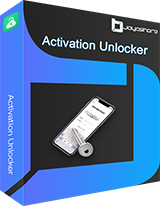
- Erase iCloud activation lock with the highest efficiency
- Clear guidance and a user-friendly interface
- Great compatibility to many models of iPhone, iPad, iPod
- Bypass activation lock for unlimited times
Wondering if it is difficult to use Joyoshare Activation Unlocker? Don’t worry, you can get clear instructions on how to operate it.
- Step 1: Before you start, please pre-install iTunes. Then download Joyoshare Activation Unlocker on your computer and open it. Now check the supported devices and iOS systems to confirm that your device is covered. It will get into a disclaimer interface. Review it carefully and click "Agree". Choose the "Start" button and connect your iPhone to the computer.
- Step 2: Removing the iCloud activation lock needs a jailbreak. But the operation on macOS is different from that on Windows. You can follow the detailed activation unlocker guide.
- Step 3: After your iPhone is jailbroken, you need to confirm the device information displayed on the screen. If confirmed, please click on "Start to Remove". At the same time, your iPhone will start to bypass activation lock.
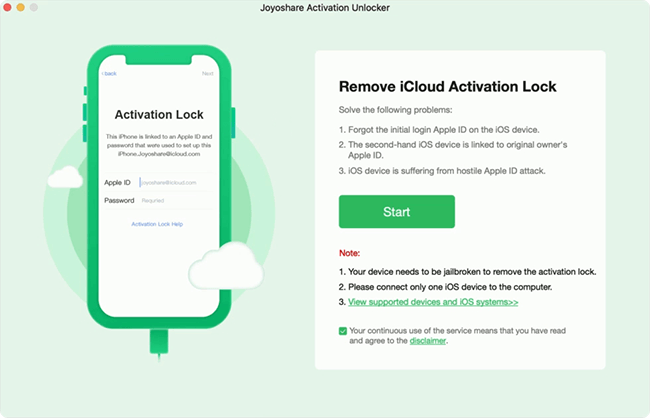

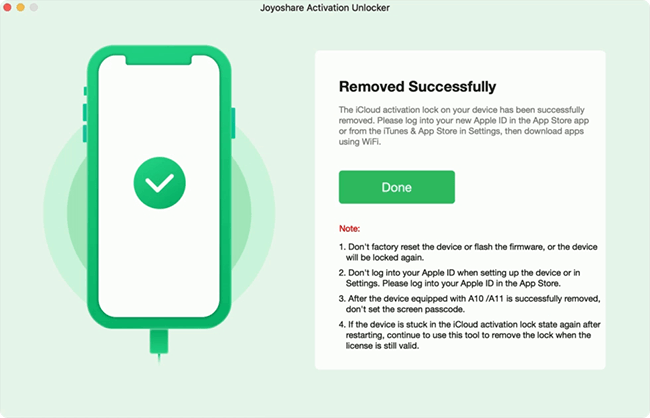
Part 5. Conclusion
iCloud DNS bypass is a common method that many people use to remove activation lock. But if this method doesn’t work, Joyoshare Activation Unlocker is the most efficient way to resolve that. With a clear operation guide, it can help you bypass kinds of activation lockup issues. Because of its great compatibility, it‘s suitable for various operating system, iOS models and iOS versions. If you have a need, I hope you can achieve something useful in this article.

